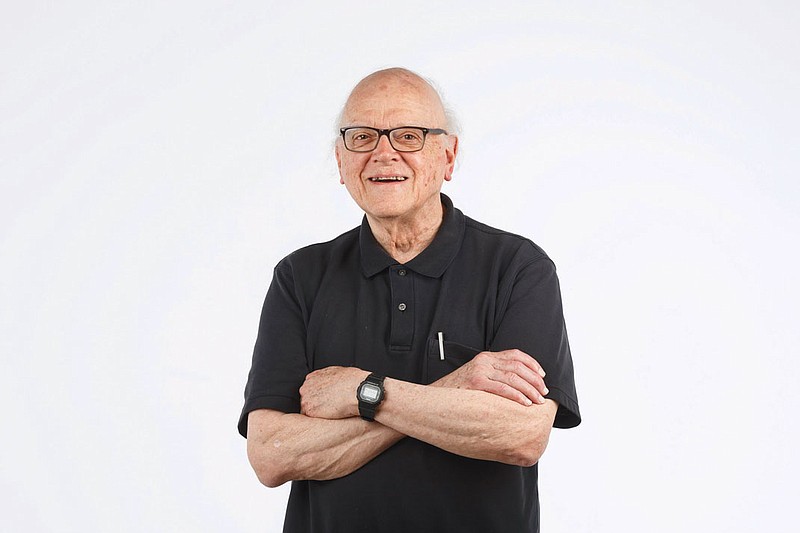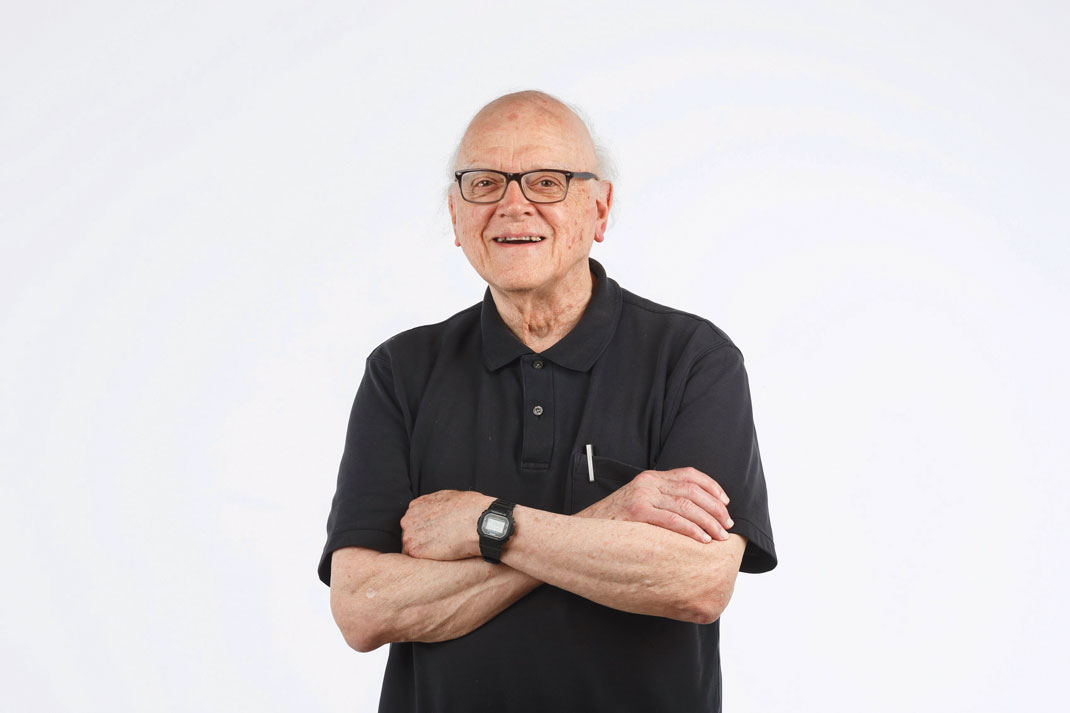I found a June 3, 1940, issue of Life magazine in an unexplored file from my parents' home. The cover featured a stark, nighttime photograph of the Statue of Liberty and the theme of the issue: "America and the World."
Advertisements ranged from automobiles to health aids to clothing to cigarettes and whiskey. A new Plymouth coupe could be purchased for $645, which included "front and rear bumpers, a spare wheel and tire, front and rear ashtrays and a sun visor." An ad for a DeSoto convertible highlighted Scottish plaid upholstery, a top that could be raised with the press of a button, and a gearshift attached to the steering column.
Health products offered wide-ranging benefits. Bosco, an iron-laced supplement given at bedtime, promised improved energy: "Where there's pep, there's iron." Fleishmann's Yeast advised eating two cakes per day to maintain good health. Bromo-Seltzer, a concoction of acetaminophen, sodium bicarbonate and citric acid, promised: "eases pain, steadies nerves, and settles the stomach." Daily consumption of a packet of Knox gelatin dissolved in water assured an end to fatigue.
For $31.50, a man could purchase a mohair and worsted wool, two-piece suit. Rayon stockings for women ranged from $.79 to $1.35 a pair.
Cigarette ads promoted mildness, flavor and slower-burning tobacco.
A reporter joined a Pan American clipper flight on a new route across the Atlantic. Departing from Port Washington, New York, the four-engine "flying boat" carried 18 passengers and 948 pounds of mail. With a refueling stop in the Azores, the flight reached Lisbon, Portugal, 23 hours later. A new era in trans-Atlantic flight was proclaimed.
Coverage of the war, which had intensified in Western Europe, dominated the issue. One account highlighted "the marvelous German Army in its swift, relentless invasion of the West." Photographs and accompanying text of the German advances through Belgium highlighted the revolutionary armaments and tactics of the invaders. Photos on following pages documented the plight of refugees, many carrying suitcases, as they fled on foot from Belgium into France. Uncensored pictures, which had been smuggled from Warsaw, showed the complete destruction of that city at the outset of war in September 1939.
This issue had gone to press before the Battle of Dunkirk, May 26 to June 4, when 340,000 British and Allied troops were evacuated from the Continent following a relentless German advance.
In the summer of 1940, the U.S. remained on the sidelines of the war. An influential "America First Committee" argued against any aid to countries opposing Germany, fearing that such action would lead to U.S. military involvement. Worsening conditions in Western Europe led President Roosevelt to seek a third term, to which he was elected on Nov. 5.
In a lengthy essay, "America and Armageddon," Life Editor-in-Chief Henry Luce argued passionately for U.S. support of countries allied against Hitler. "The American way of life is bitterly opposed by mighty and ruthless military nations."
Famed columnist Walter Lippman wrote in another essay, "The hour of our destiny has come, and we are living in the most fateful time since the colonists settled upon the American continent." Both writers argued against policies of neutrality and appeasement.
Despite strong opposition, the first civilian military draft was authorized by Congress in October 1940. All men aged 21 to 35 had to register at local draft boards. A male drafted into military service would serve 12 months. In summer 1941, President Roosevelt asked Congress to extend the term of duty from 12 to 30 months or longer if needed. The House approved the measure in August by a single vote.
The Lend Lease Act of March 1941 permitted U.S. supply of weapons to countries deemed vital to U.S. security. Fifty out-of-service naval destroyers were sent to England in the first transaction under the Act.
Eighteen months after the publication of this issue of Life, the Japanese attack on Pearl Harbor ended any debate on U.S. engagement in World War II.
Seventy-nine years later, we continue to debate our place in the world. Do we participate in multi-national treaties related to trade, mutual defense, environmental protection, and public health? Or do we build walls and once again isolate ourselves?
Contact Clif Cleaveland at ccleaveland@timesfreepress.com.

